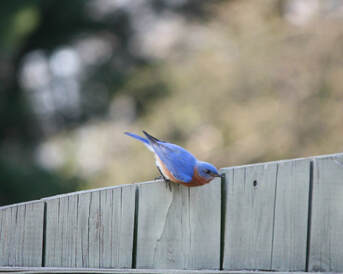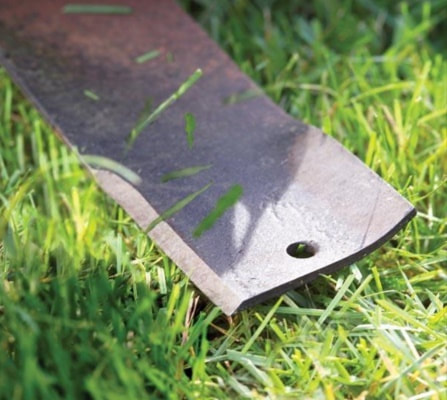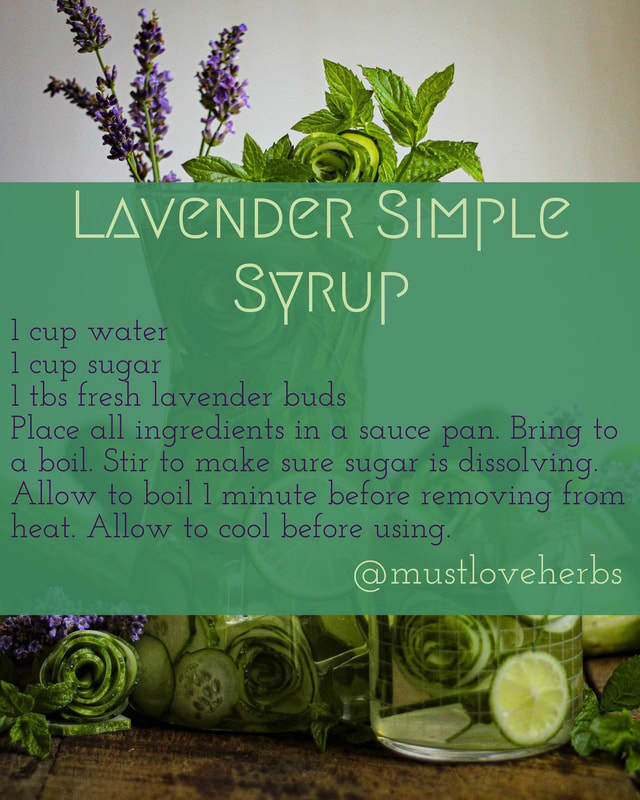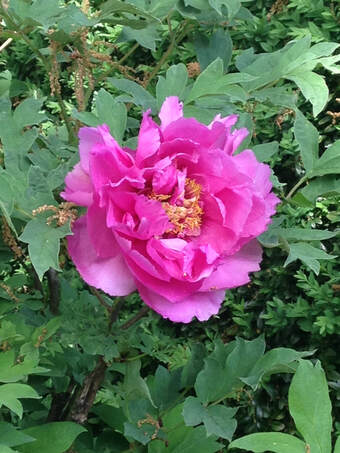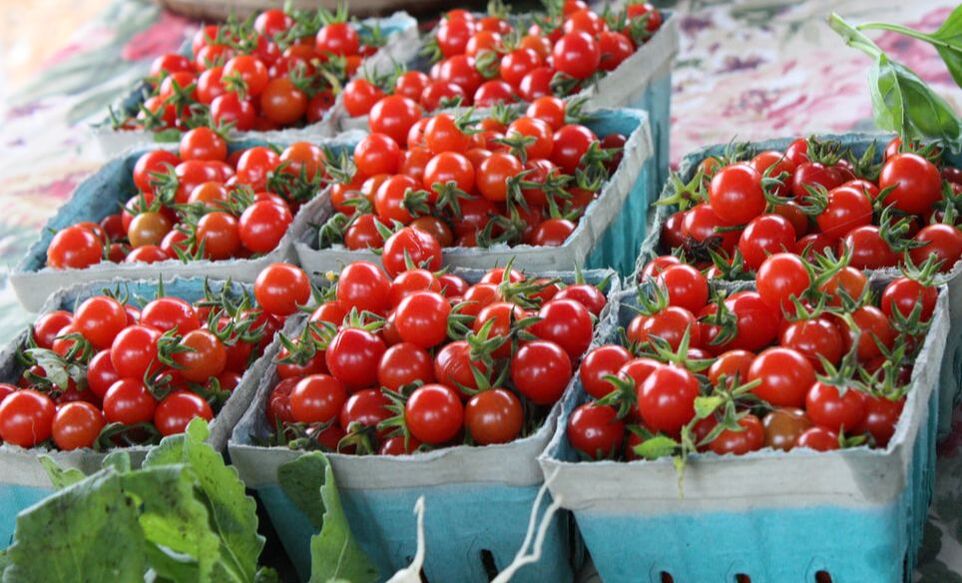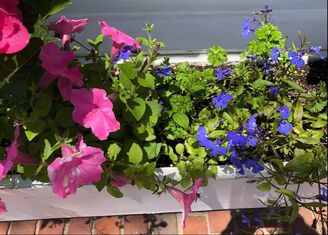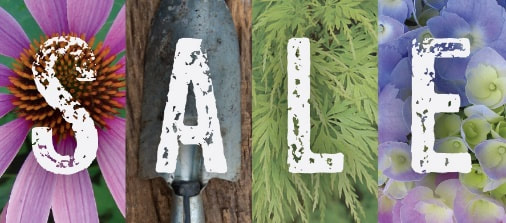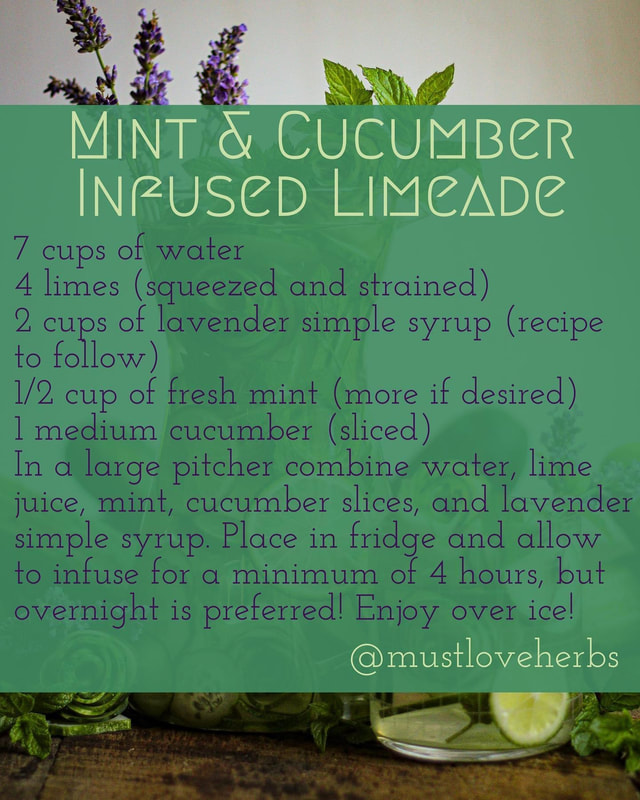Horticultural Hints for July!
|
A safe deterrent to fungus and mildew is a spray consisting of a tablespoon of baking soda in a gallon of water.
Diseases! Bad bugs are enough of a problem, but what about when everything looks great one day and the next you have fungal disease such as mold or mildew? Start with what you can control. Always water early in the day so the leaves dry quickly. Keep a clean garden, removing plant debris, especially if there is any chance it is infected. An organic preventative is a solution of one tablespoon of baking soda in a gallon of water sprayed on the leaves. This makes it difficult for fungal spores or mildew to become established on ornamental plants or food crops. And, water at the roots, not from above. Lawns. If you haven’t already, move the blade on your mower up to 3”. The higher grass will shade its own roots, making them less water hungry while also shading out new weeds. Consider replacing the grass in hard-to-grow areas (shade for one) with perennials or shrubs that are happier in shade and require less maintenance while providing flowers and interest throughout the year.
|
Remove spent flowers. While there are a few varieties out there that promise endless flowers without the trouble of deadheading, most plants require you to dead-head them for a for a reliably long bloom period. Picking off flowers that have passed their peak stops seed heads from forming and prevents the plant from receiving a signal that its work is over. Snap off large flowers with your fingernails. For small blossoms, or hanging plants gone straggly, shear them back by half with scissors. Wait a week, and cut off the remainder. You’ll be rewarded with a new crop of flowers and tidier plants, especially if you follow up with a light feeding.
In the vegetable garden, Spinosad, a biological control, can be sprayed on plants up to eight days before harvest. Once it dries it affects only those insects that weaken plants by chewing on leaves. It has no effect on pollinators like bees and butterflies.
It’s too early for tomatoes yet, but you should be harvesting green beans, lettuce, peas, beets, chard and onions among others. Plant a new row of lettuce, carrots, beets and chard to extend the season for those. Replant zucchini and green beans when the first batch blooms, keeping the new plants under floating row covers to exclude squash borers and bean beetles. Though row cover looks opaque, they allow over 90% of the sunlight and water into the plants. And, if you are growing corn, it may need a supplemental feeding before the end of the month. Carefully scratch in a small amount of fertilizer around the roots, then water thoroughly if rain is not expected.
|
Annuals, particularly those in containers, need additional fertilizer throughout the summer.
If you are using a slow-release fertilizer (as many potting mixes do), check the container to see how long it should last - usually three to six months. If you planted in early May with a three-month fertilizer, you will need to add more by late July. Some gardeners prefer to apply a diluted liquid fertilizer to containers in order to ensure that the heavy feeders get all they need without overdosing the plants that like a leaner diet. Shear joy. If your annual blooms are slowing down, or the plants are getting overgrown or scraggly, give them a hard shearing to encourage new growth and new flowers. A shearing just before you leave on vacation should mean you come home to lush new growth - if you have a faithful waterer tending the pots.
Horticultural Hints are written and created by Betty Sanders. For more horticultural suggestions for July and throughout the year, please visit www.BettyOnGardening.com |


